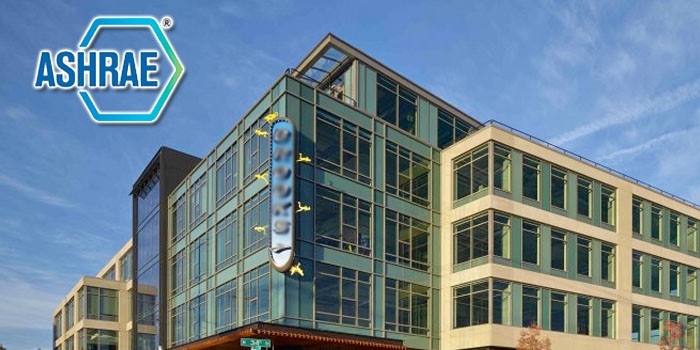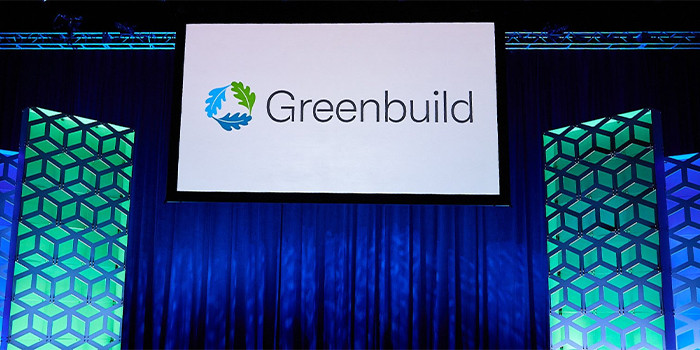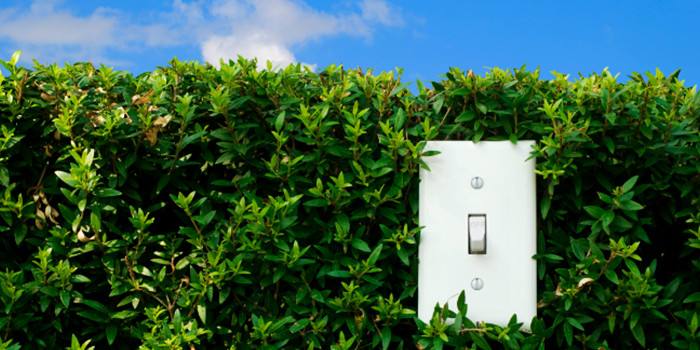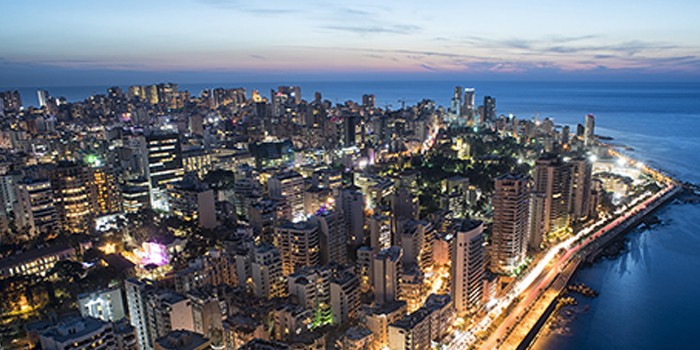Preliminary Energy Savings Announced for ASHRAE/IES 2016 Energy Standard

ATLANTA, GA – March 20, 2017 – More than 30 percent energy savings can be achieved using the 2016 version of Standard 90.1, according to recent analysis conducted by Pacific Northwest National Laboratories (PNNL) in support of the U.S. Department of Energy (DOE) Building Energy Codes Program.
An update on the preliminary results of the 90.1-2016 progress indicator report was made at the recent 2017 ASHRAE Winter Conference. ANSI/ASHRAE/IES Standard 90.1-2016, Energy Efficiency Standard for Buildings Except Low-Rise Residential Buildings, was published in October 2016.
PNNL conducted the energy savings analysis, using the 2004 standard as baseline. These results are considered preliminary and are expected to be deemed final in October 2017 when DOE publishes its final determination.
PNNL’s analysis shows for the whole building energy consumptions, national aggregated site energy savings are 34.1 percent and energy cost savings are 34.2 percent, when compared to the 2004 standard.
RELATED BPI Supports Strong Consumer Protection in Residential PACE Financing Programs, First Annual Foam Expo Opens February 28, Dodge Data & Analytics: President-Elect Donald Trump Likely to Be a Plus for the Construction Industry, Leading Green Building Consortium Expands on First Anniversary
“For more than 40 years, ASHRAE and IES members have strived to build upon the energy savings measures in each update of Standard 90.1, most recently released in its 10th edition,” Tim Wentz, ASHRAE president, said. “Each year the challenge grows as technology becomes more efficient. That we continue to build upon the savings speaks to the ability of our industry to adapt and transform as those technologies change and more advanced technologies become more cost effective.”
“The Illuminating Engineering Society has actively engaged with ASHRAE since 1975 providing technical support and co-developing standards,” Mark Lien, IES Industry Relations Manager and liaison to the Standard 90.1 committee, said. “Compliance with recommended light levels is verified using a database of luminaires. These baseline products were reevaluated and updated to reflect the market shift toward higher efficiency lighting sources. We are proud of the dedicated members of the Lighting Subcommittee and the Standard 90.1 committee and their significant contribution to the energy savings achieved by the 2016 version.”
On a nationally aggregated level, building-type energy savings range from 11.9 percent (fast food restaurants) to 48.6 percent (schools) and energy-cost savings from 15.3 percent (large offices) to 49.8 percent (schools). These figures include energy use and cost from the whole building energy consumptions including plug and process loads.
Sixteen different building prototypes were modeled in 17 different climate locations for a total of 272 building types in various climate zones that were incorporated into this analysis.
The energy reduction calculation was achieved through more than 120 addenda incorporated in the standard related to changes to requirements. The major changes in those addenda:
- updated controls for emergency lighting
- improved window U-factor and solar heat gain coefficient
- improved coiling door air leakage requirements
- updated parking lot occupancy controls
- updated opaque door U-factor
- established minimum chilled water systems coil selection Delta T
- updated transformer efficiency requirements
- added domestic hot water branch insulation
- reduced heat rejection variable frequency drive (VFD) threshold
- raised minimum exhaust air energy recovery threshold
- reduced exterior and interior lighting allowances
- updated fenestration orientation
- included service factor in heat rejection VFD threshold
- updated motor efficiencies
- improved hotel/motel guest room control
- reduced pumping VFD threshold
- required high efficiency dwelling unit lighting
- reduced retail lighting adder
- eliminated computer room economizer threshold
- removed ventilation optimization exception for energy recovery ventilator
- updated transfer air requirements
- updated climate zones
ASHRAE, founded in 1894, is a global society advancing human well-being through sustainable technology for the built environment. The Society and its more than 57,000 members worldwide focus on building systems, energy efficiency, indoor air quality, refrigeration and sustainability. Through research, standards writing, publishing, certification and continuing education, ASHRAE shapes tomorrow’s built environment today. More information can be found at www.ashrae.org/news.
IES is the oldest and largest educational and scientific society in North America devoted to lighting. Since 1906, the IES has sought to improve the lighted environment by bringing together those with lighting knowledge and by translating that knowledge into actions that benefit the public. A broad variety of programs, including publications, conferences and seminars, have been established to accomplish this mission. IES publishes and distributes authoritative lighting literature authored by committees with the most experienced minds in industry and academia today. For more information about IES, go to http://www.ies.org/.
Disqus website name not provided.









































